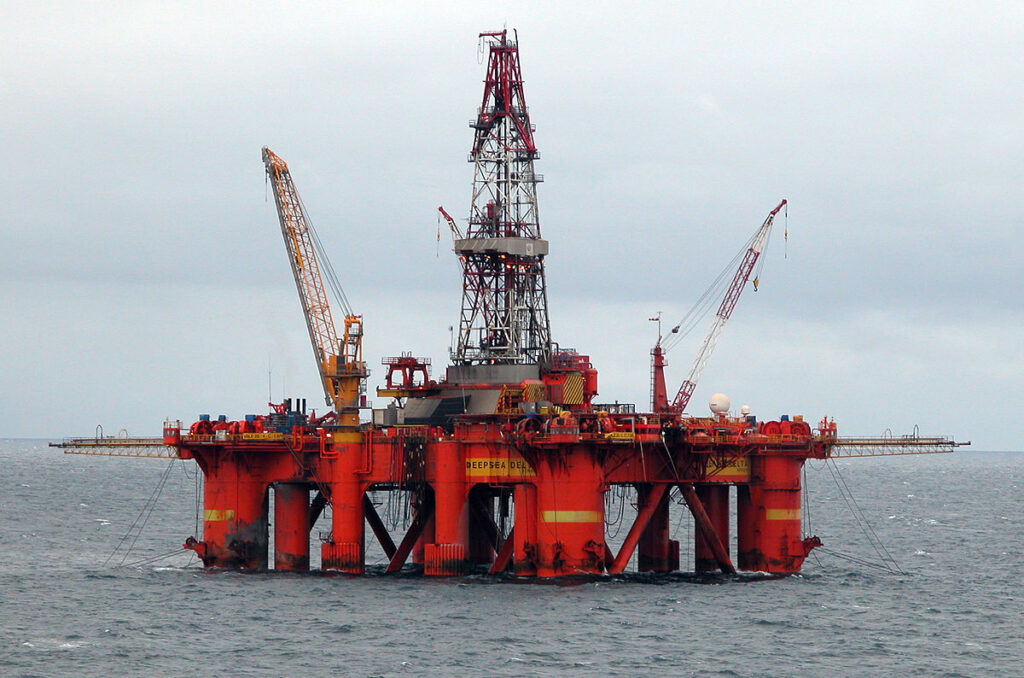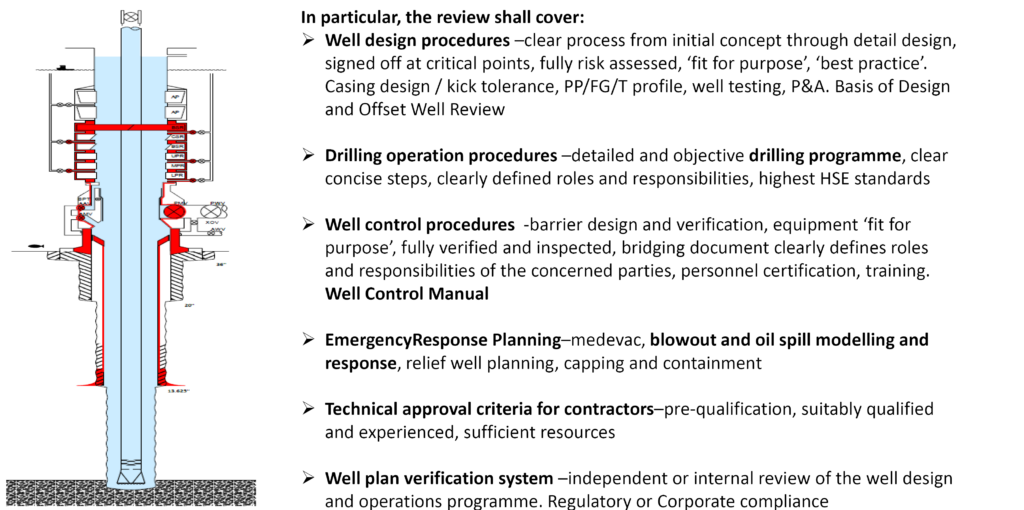OIL AND GAS
DRILLING RISK SURVEY
Oil and Gas - Drilling Risk Survey

Site Survey and Investigation service is a survey process which is to ensure that during the drilling process the risks that might occur can be avoided and minimized, including a number of geohazards, environmental risks, and artificial seafloor hazards will be identified during the survey, with recommended mitigation measures
Our risk engineers evaluate and fully understand the design of the rig drilling process and contract work, identify risk exposures, and improve loss control for mutual benefit of the Insured and the Insurer (stakeholders).
Need to know in the drilling process there is a possibility of blow out (pressure that cannot be controlled, directly to the surface), so there must be pressure control from the ground.
Our risk engineers evaluate and fully understand the design of the rig drilling process and contract work, identify risk exposures, and improve loss control for mutual benefit of the Insured and the Insurer (stakeholders).
Need to know in the drilling process there is a possibility of blow out (pressure that cannot be controlled, directly to the surface), so there must be pressure control from the ground.
Our risk engineers must investigate the procedures or planning that will be carried out in the event of a Kick or Explosion during drilling operations and Contingency planning in the event of environmental pollution such as an oil spill team,Risks that occur near the surface during the drilling process, Can be an explosion, fire, shallow gas, ground water pollution and so forth. and Risks that can occur during drilling in rock formations. The usual risks are Rig subsidence, Gumbo and bit balling, wellbore stability, slow Rate of Penetration, stuck drilling pipes, shallow gas and H2S, Loss Circulation (loss of mud that is circulated into rock formations), Kick and Blow Out (pressure release from formation), downhole equipment problems, stuck pipes and other risks.
The survey report presented detailed risk summary along with the main basic details of the well portfolio such as: reservoir characteristics, measured depth, formation pressure, well types, locations etc. Including detail of :
• Evidence of an effective well integrity management system that is effective and clearly followed by the operator.
• Details of the Well Integrity Guarantee include condition monitoring, routine inspection and maintenance and well testing, preventer blowout (BOP), wellhead valves, downhole safety valves and related equipment.
• A technical assurance process that provides clarity on dispensation (eq. deviations from company standards / procedures), and strict change management processes.
• Annular management details including well annular monitoring and Maximum Allowable Annular Surface Pressure reassessment


